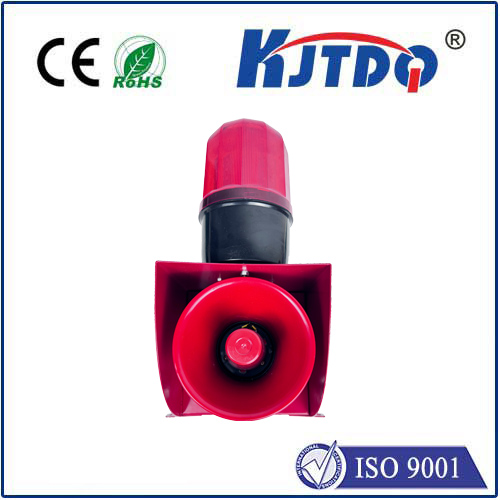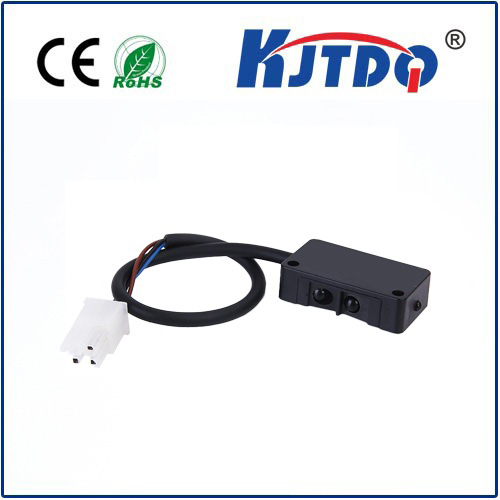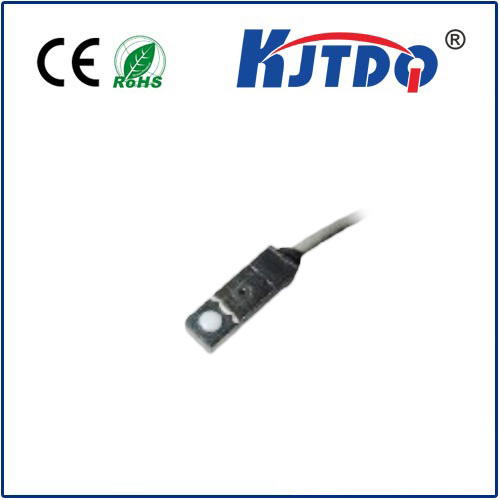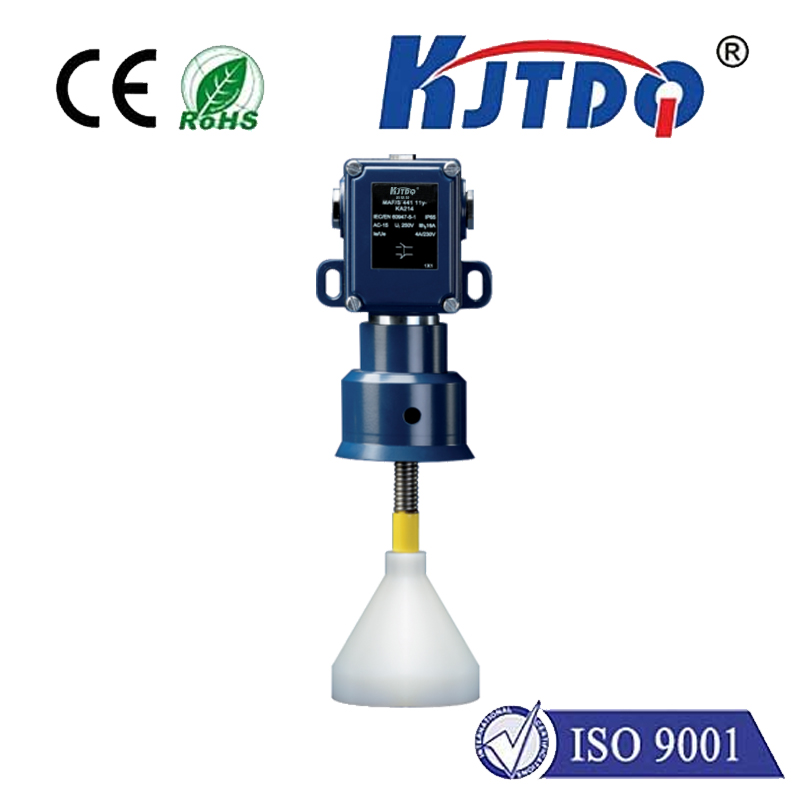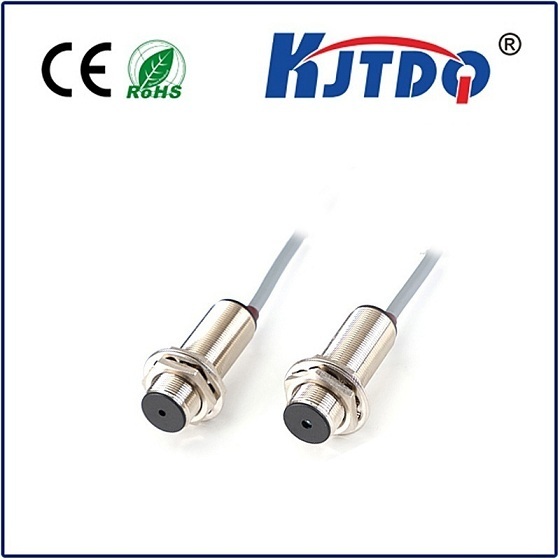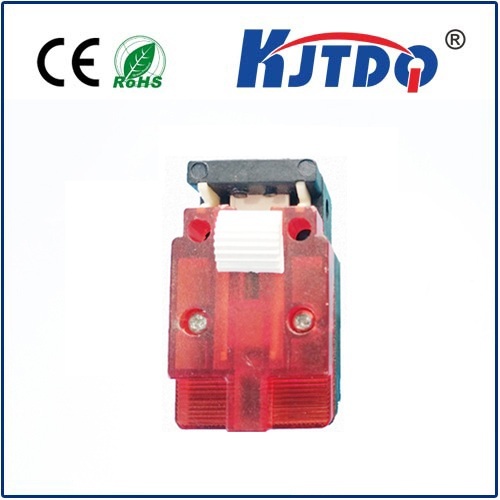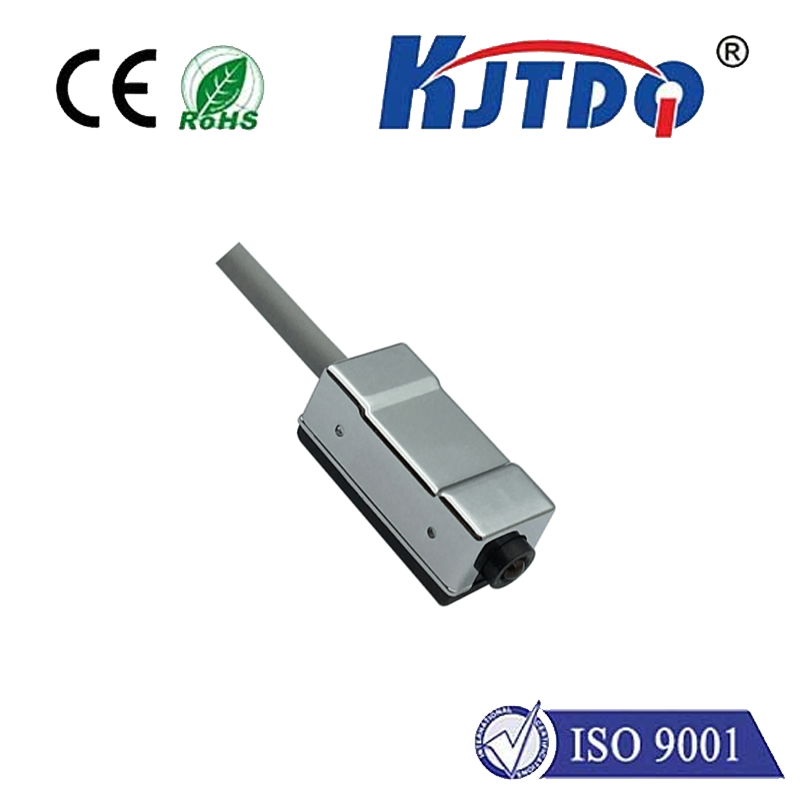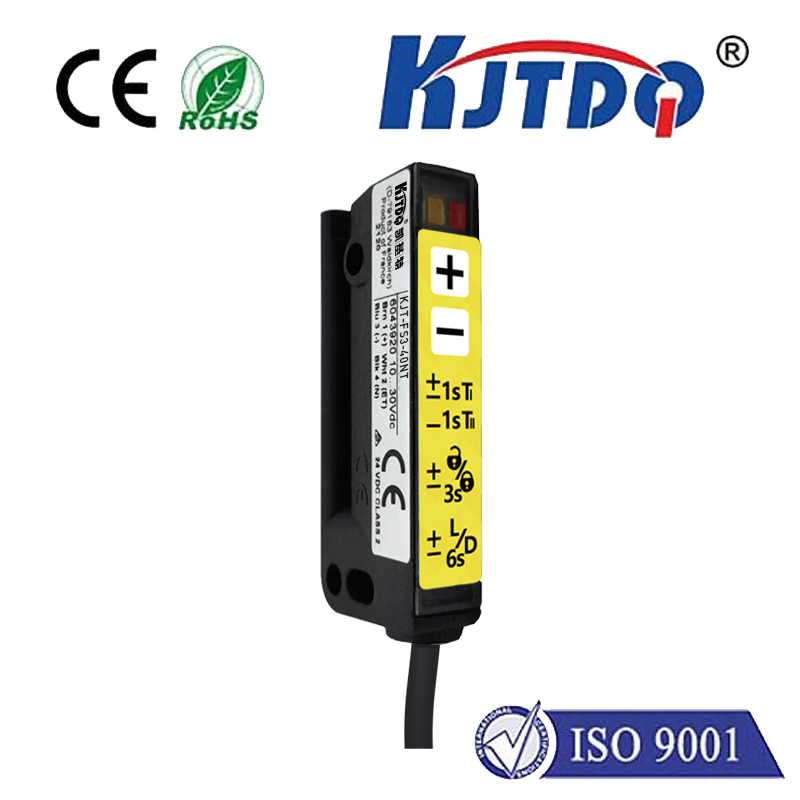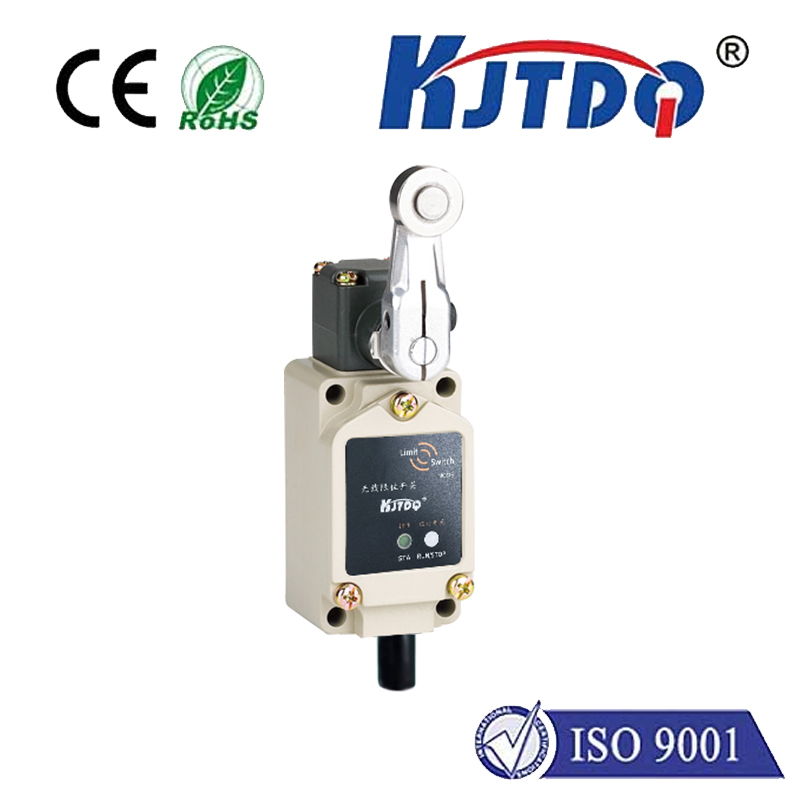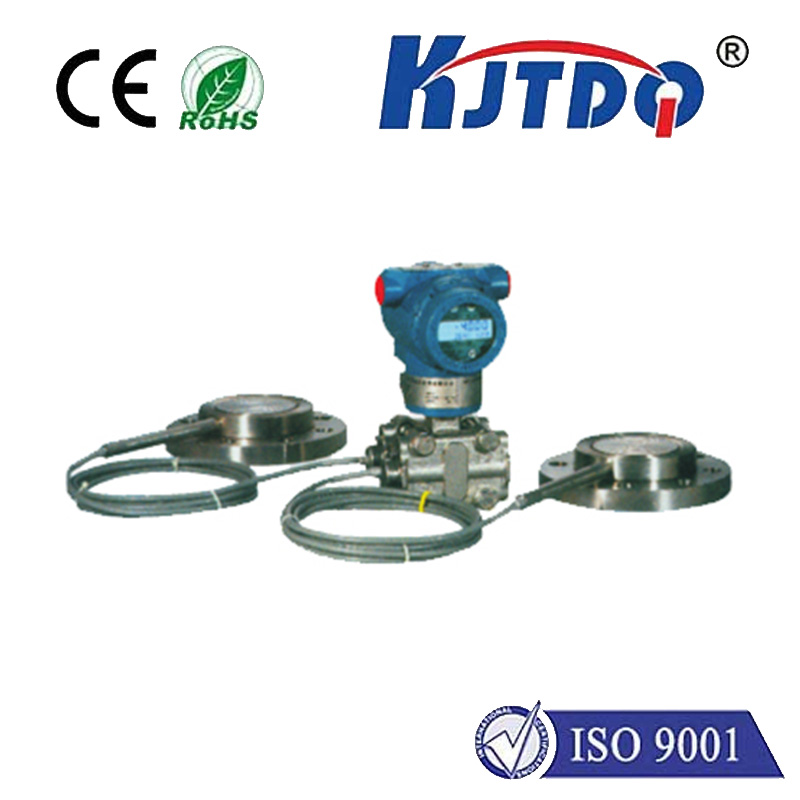
check

check

check

check
I. Introduction to Eddy Current Proximity Sensors
A. Definition and working principle of an eddy current proximity sensor
B. How eddy current proximity sensors are used in various industries
C. The advantages of using eddy current proximity sensors over traditional sensors
II. Types of Eddy Current Proximity Sensors
A. Linear eddy current sensors
1. Applications in industry and manufacturing
2. Advantages and disadvantages of linear eddy current sensors
B.圆形和方形eddy current sensors
1. Applications in automotive, medical, and security industries
2. Advantages and disadvantages of circular and square eddy current sensors
C. Microscopic and nanometric eddy current sensors
1. Applications in semiconductor fabrication and testing
2. Advantages and disadvantages of microscopic and nanometric eddy current sensors
D. Hybrid eddy current and infrared proximity sensors
1. Applications in remote control systems and smart homes
2. Advantages and disadvantages of hybrid eddy current and infrared proximity sensors
III. Installation and Maintenance of Eddy Current Proximity Sensors
A. Guidelines for installation and positioning of eddy current proximity sensors
B. Regular maintenance and inspection of eddy current proximity sensors
C. troubleshooting common issues with eddy current proximity sensors
IV. Future Trends in Eddy Current Proximity Sensors
A. Advancements in sensor technologies and their applications
B. Integration of eddy current proximity sensors with other technologies such as AI and IoT
C. Potential impact on the economy and job market due to increased adoption of eddy current proximity sensors in various industries
D. Government regulations and standards for the use of eddy current proximity sensors
